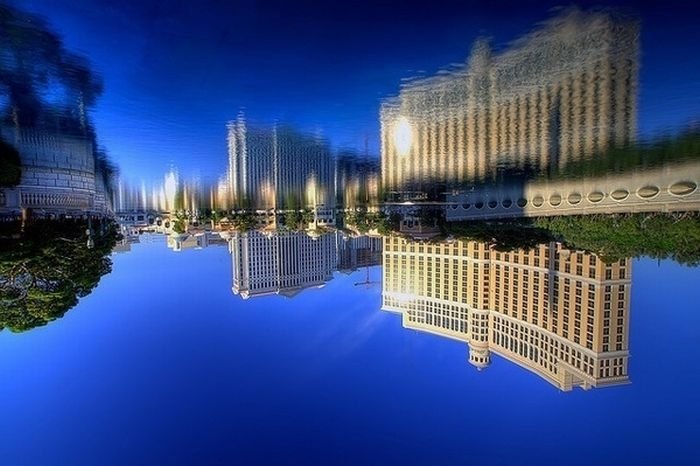|
|
Reflection In Water
|
In the classical electrodynamics, light is considered as electromagnetic wave, which is governed by the Maxwell Equations. Light waves incident on a material induce small oscillations of polarisation in the individual atoms (or oscillation of electrons, in metals), causing each particle to radiate a small secondary wave (in all directions, like a dipole antenna). All these waves add up to give specular reflection and refraction, according to the Huygens-Fresnel principle.
In case of dielectric (glass), the electric field of the light acts on the electrons in the glass, the moving electrons generate a field and become a new radiator. The refraction light in the glass is the combined of the forward radiation of the electrons and the incident light and; the backward radiation is the one we see reflected from the surface of transparent materials, this radiation comes from everywhere in the glass, but it turns out that the total effect is equivalent to a reflection from the surface.
In metals, the electrons with no binding energy are called free electrons. The density number of the free electrons is very large. When these electrons oscillate with the incident light, the phase differences between the radiation field of these electrons and the incident field are π, so the forward radiation will compensate the incident light at a skin depth, and backward radiation is just the reflected light.
Light–matter interaction in terms of photons is a topic of quantum electrodynamics, and is described in detail by Richard Feynman in his popular book QED: The Strange Theory of Light and Matter.
|
|









